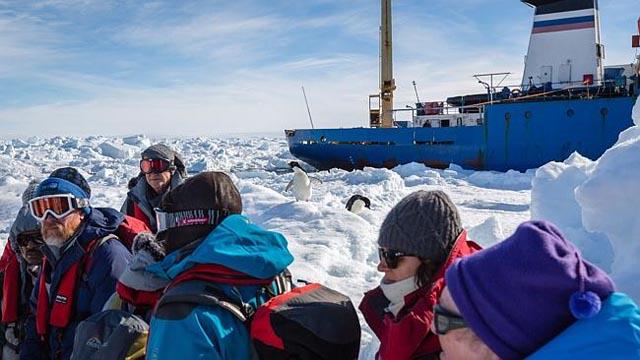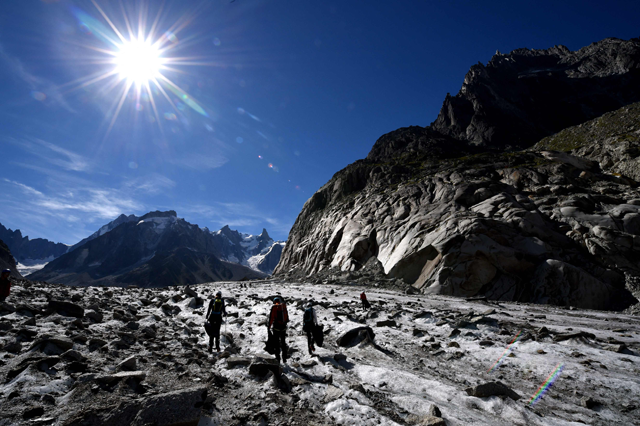You are here
‘Volcanoes helped species survive ice ages’
By AFP - Mar 11,2014 - Last updated at Mar 11,2014
SYDNEY – The steam and heat from volcanoes allowed species of plants and animals to survive past ice ages, a study showed Tuesday, offering help for scientists dealing with climate change.
An international team of researchers said their analysis helped explain a long-running mystery about how some species thrived in areas covered by glaciers, with volcanoes acting as an oasis of life during long cold periods.
“Volcanic steam can melt large ice caves under the glaciers, and it can be tens of degrees warmer in there than outside,” said Ceridwen Fraser, the joint team leader from the Australian National University.
“Caves and warm steam fields would have been great places for species to hang out during ice ages.
“We can learn a lot from looking at the impacts of past climate change as we try to deal with the accelerated change that humans are now causing.”
The team studied tens of thousands of records of Antarctic mosses, lichens and bugs, collected over decades by hundreds of researchers, and found there were more species close to volcanoes, and fewer further away.
While the study was based on Antarctica, the findings will also help scientists understand how species survived past ice ages in other frigid regions, including in periods when it is thought there was little or no ice-free land on the planet.
Antarctica has at least 16 volcanoes which have been active since the last ice age 20,000 years ago with around 60 per cent of Antarctic invertebrate species found nowhere else in the world.
“The closer you get to volcanoes, the more species you find,” said Aleks Terauds from the Australian Antarctic Division, which ran the analysis that was published by the US-based journal Proceedings of the National Academy of Sciences.
“This pattern supports our hypothesis that species have been expanding their ranges and gradually moving out from volcanic areas since the last ice age.”
Another team member, Steven Chown, from Monash University in Melbourne, said the research findings could help guide conservation efforts in Antarctica.
“Knowing where the ‘hotspots’ of diversity are will help us to protect them as human-induced environmental changes continue to affect Antarctica,” he said.
Related Articles
PARIS — A rapidly melting glacier atop East Antarctica is on track to lift oceans at least two metres, and could soon pass a “tipping point”
The melting of ice in the Antarctic is considered a top threat to global sea level rise, and scientists said Thursday the trend could continue for decades or even centuries to come.
GENEVA — All 19 of the world's glacier regions experienced a net loss of mass in 2024 for the third consecutive year, the United Nations sai



















